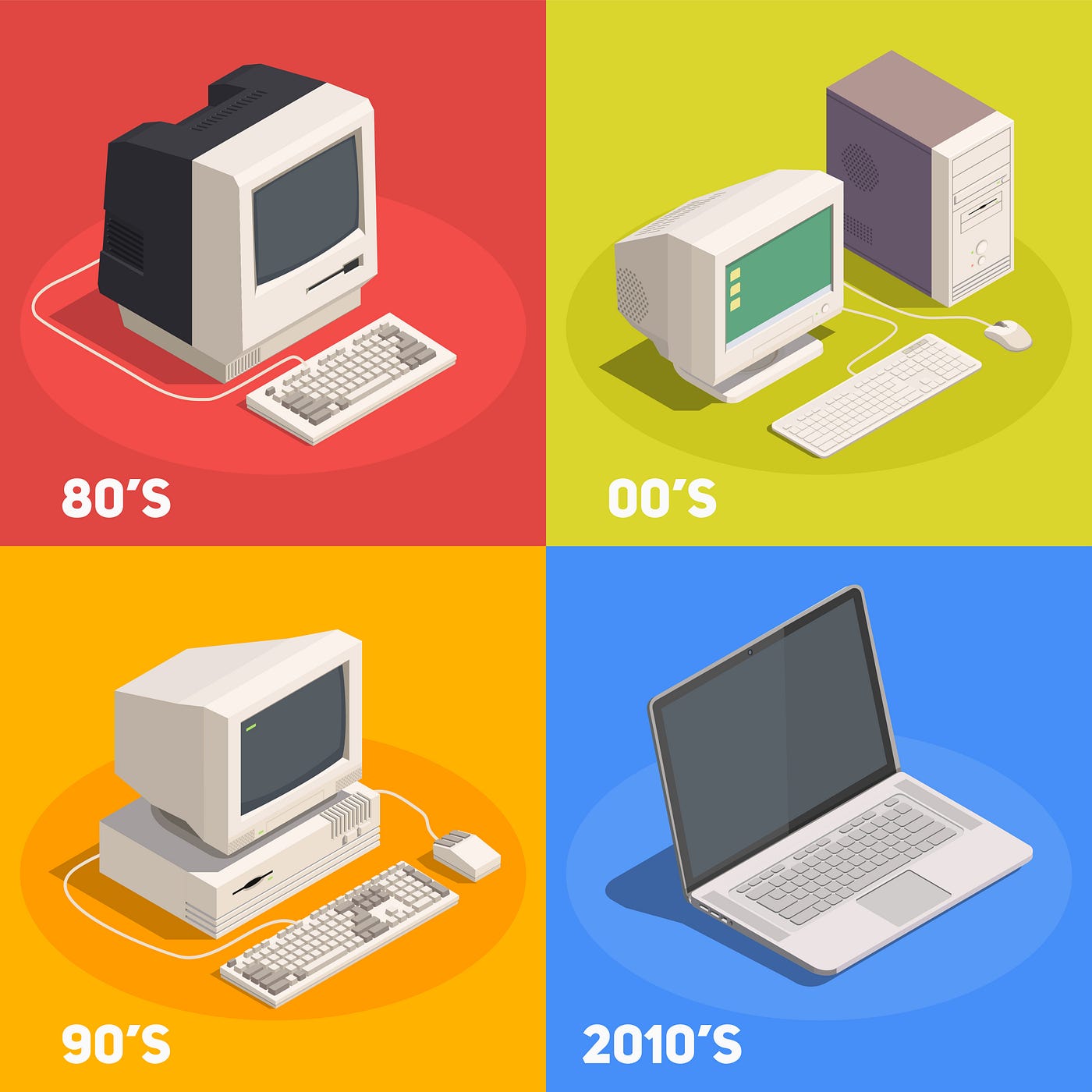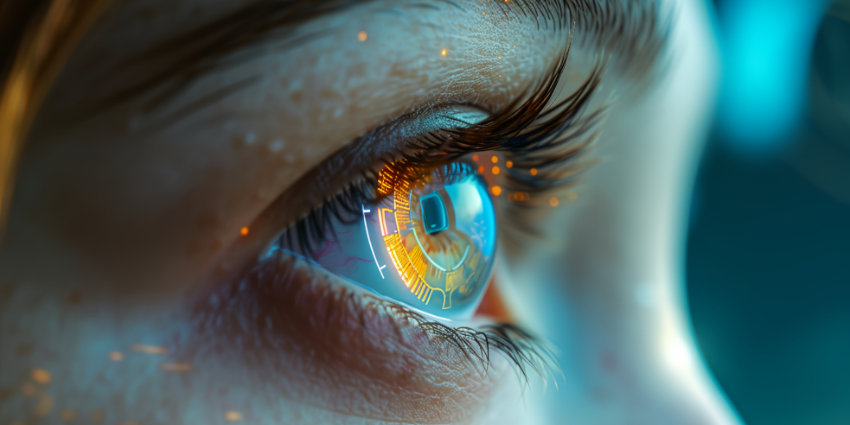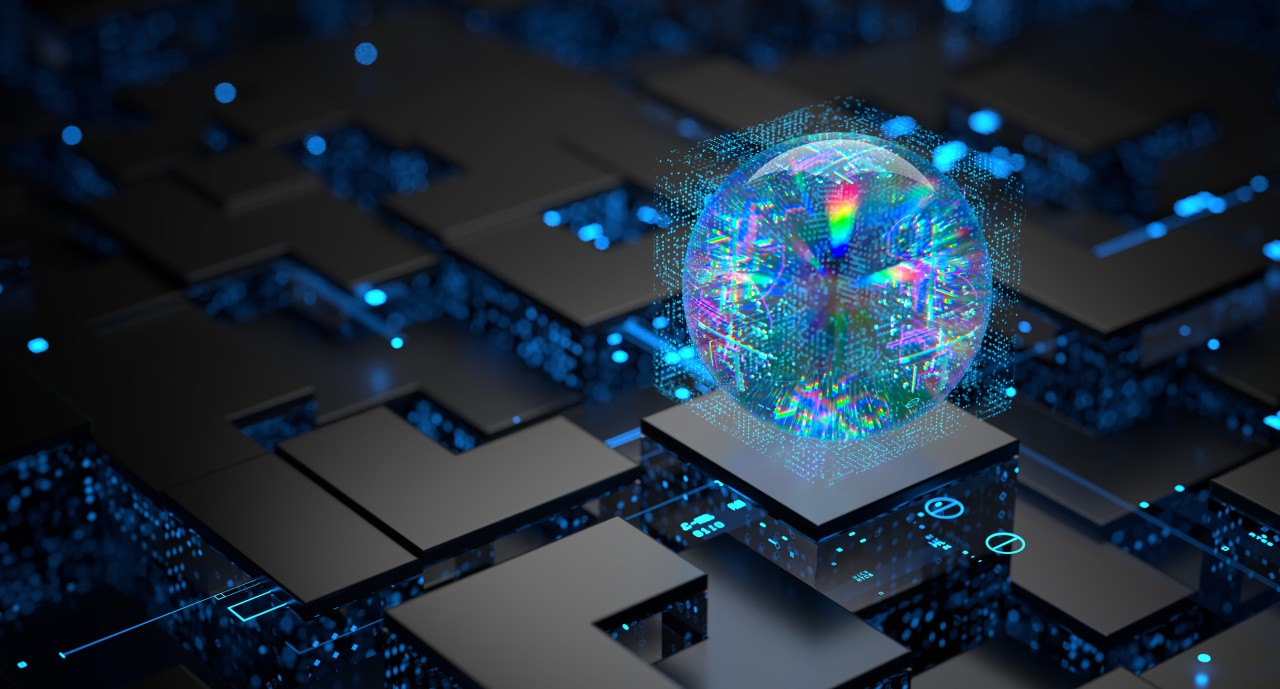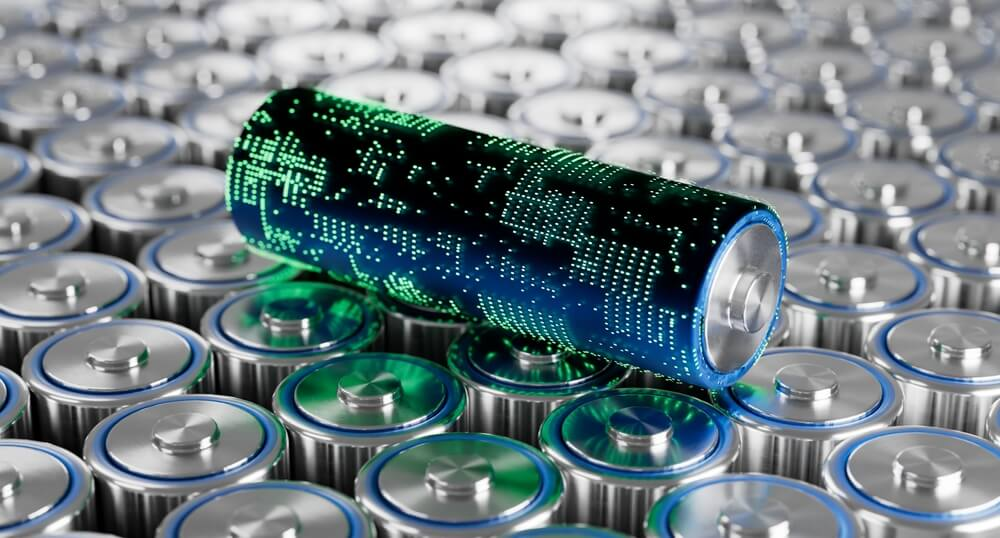The evolution of the personal computer (PC) has been a transformative journey in modern technology. It began in the 1970s with early models like the Altair 8800 and Apple I, which introduced computing power to hobbyists and tech enthusiasts. As advancements in microprocessors and operating systems emerged, companies like IBM and Microsoft helped standardize PCs for office and home use. The introduction of graphical user interfaces (GUIs) in the 1980s made computers more user-friendly, paving the way for mass adoption.
By the 1990s and early 2000s, PCs evolved rapidly with faster processors, better graphics, and the growth of the internet, making them indispensable for work, education, and entertainment. Laptops and portable devices became more accessible, allowing users to stay connected on the go. The rise of software ecosystems, cloud computing, and gaming further pushed PC development into new areas of performance and innovation. PCs transitioned from being productivity tools to multifunctional hubs of digital life.
Today, PCs continue to evolve with powerful AI integration, SSD storage, and cutting-edge GPUs, catering to both professionals and gamers. Experts and tech analysts agree that the PC remains relevant due to its adaptability and innovation. This article is backed by historical data, expert insight, and industry research, providing a trustworthy view of how PCs have grown into essential tools that power modern lifestyles.




